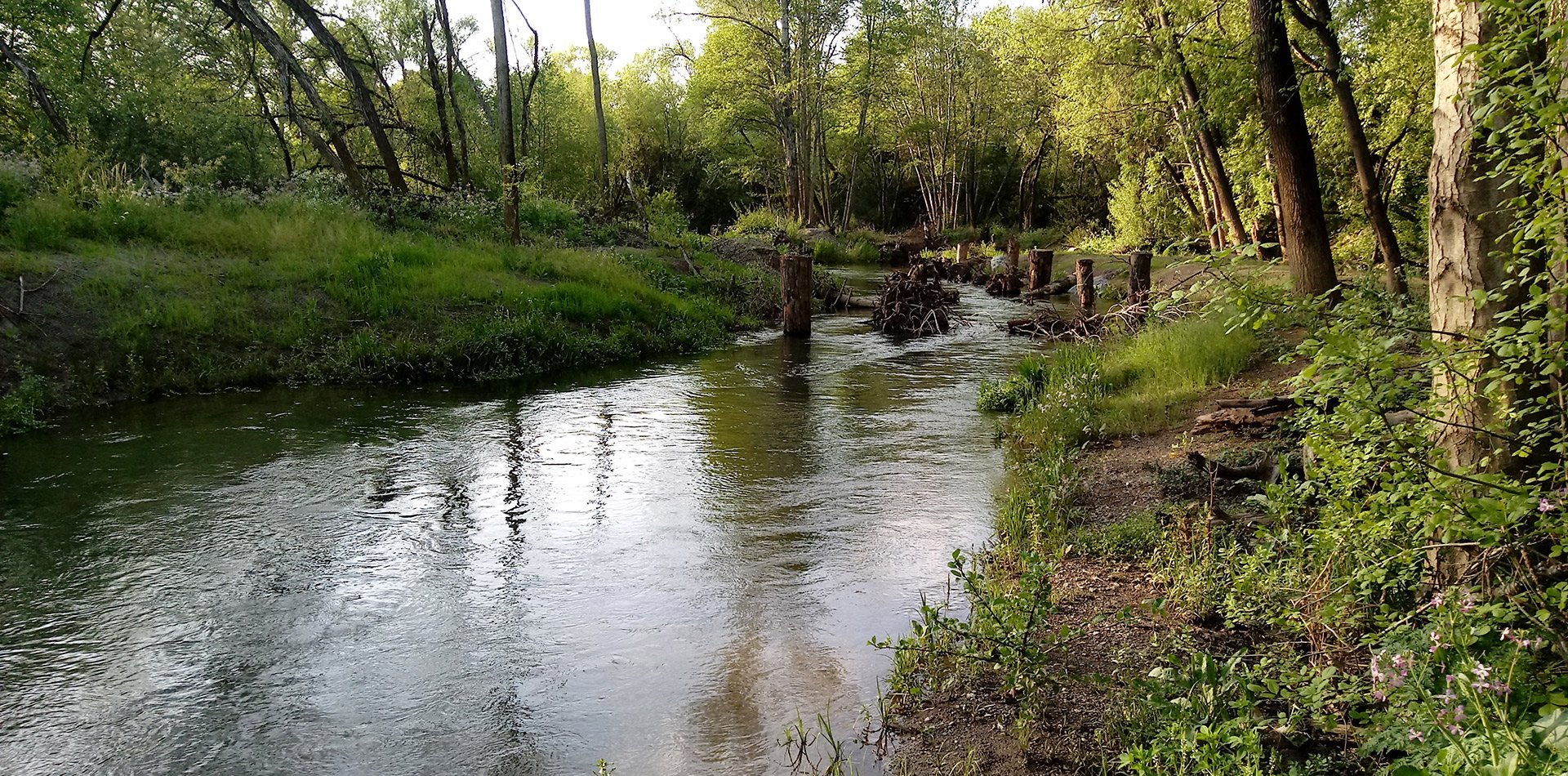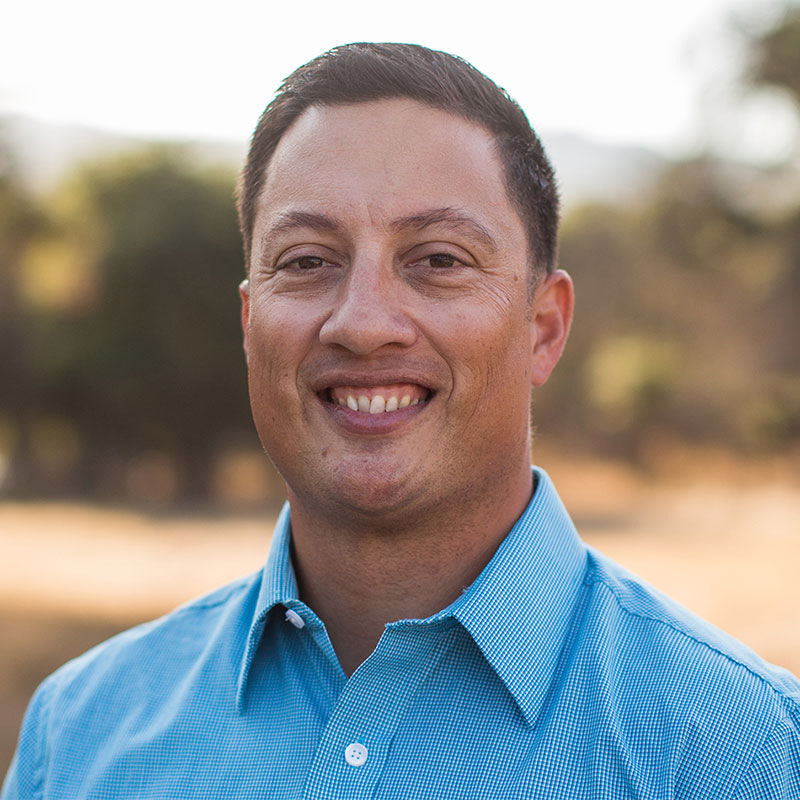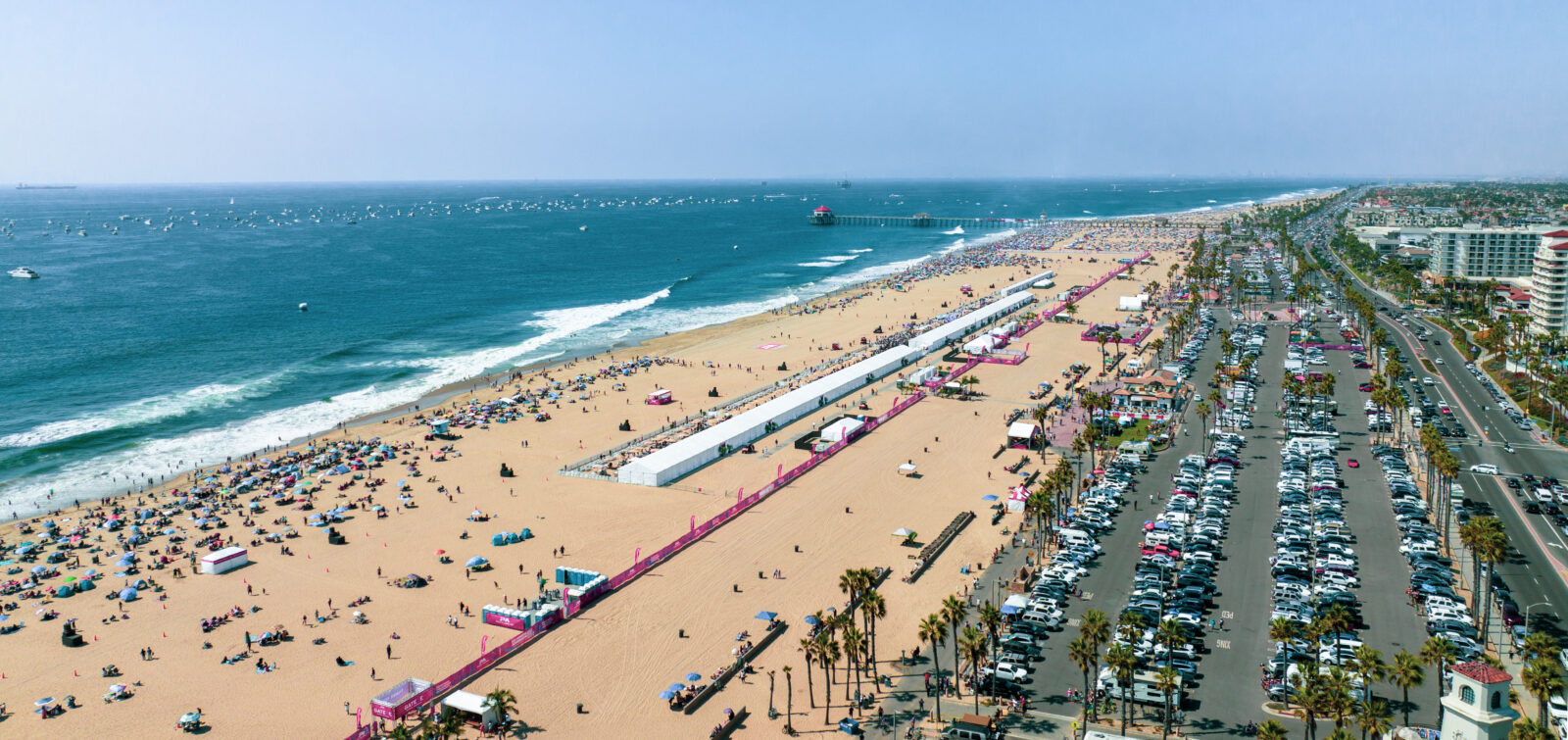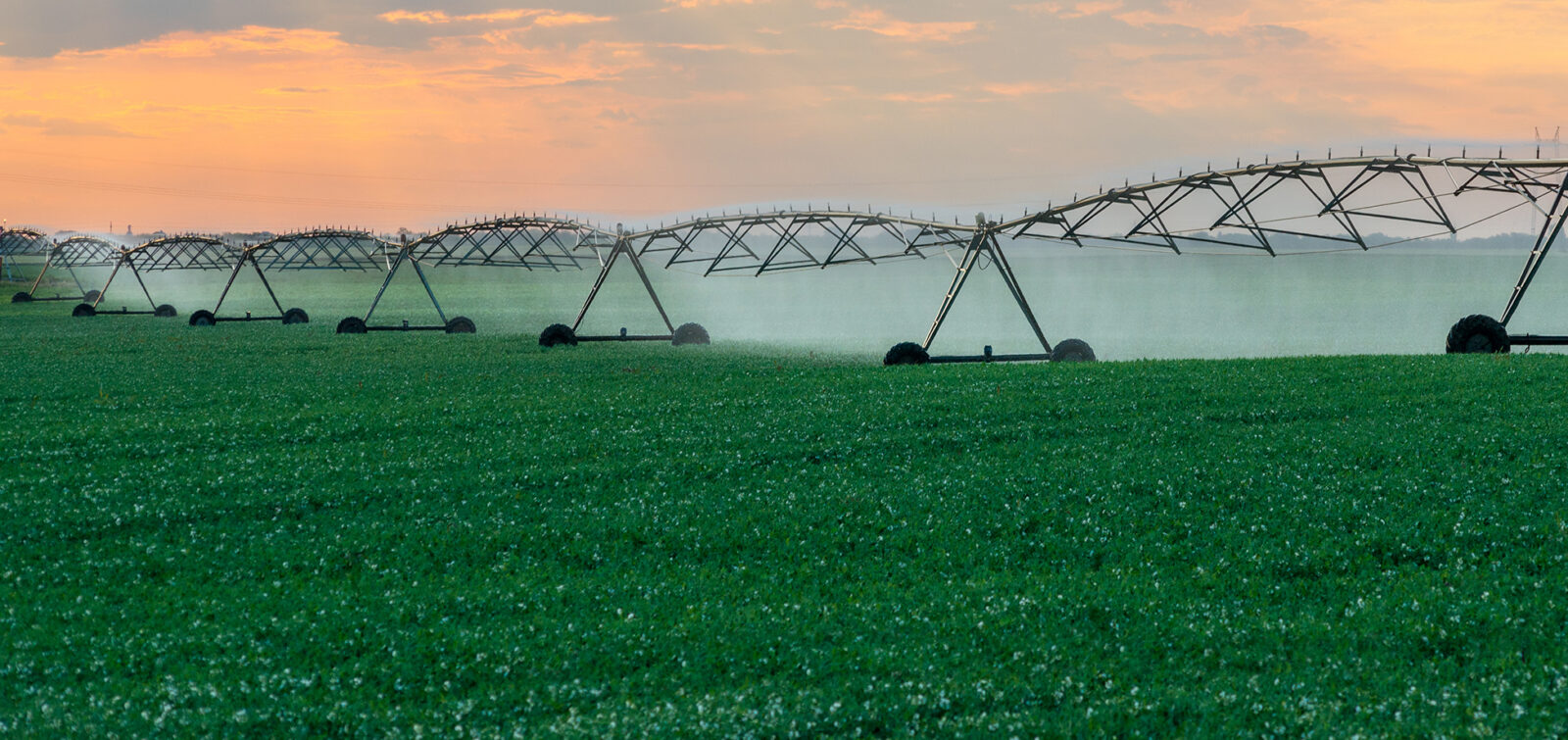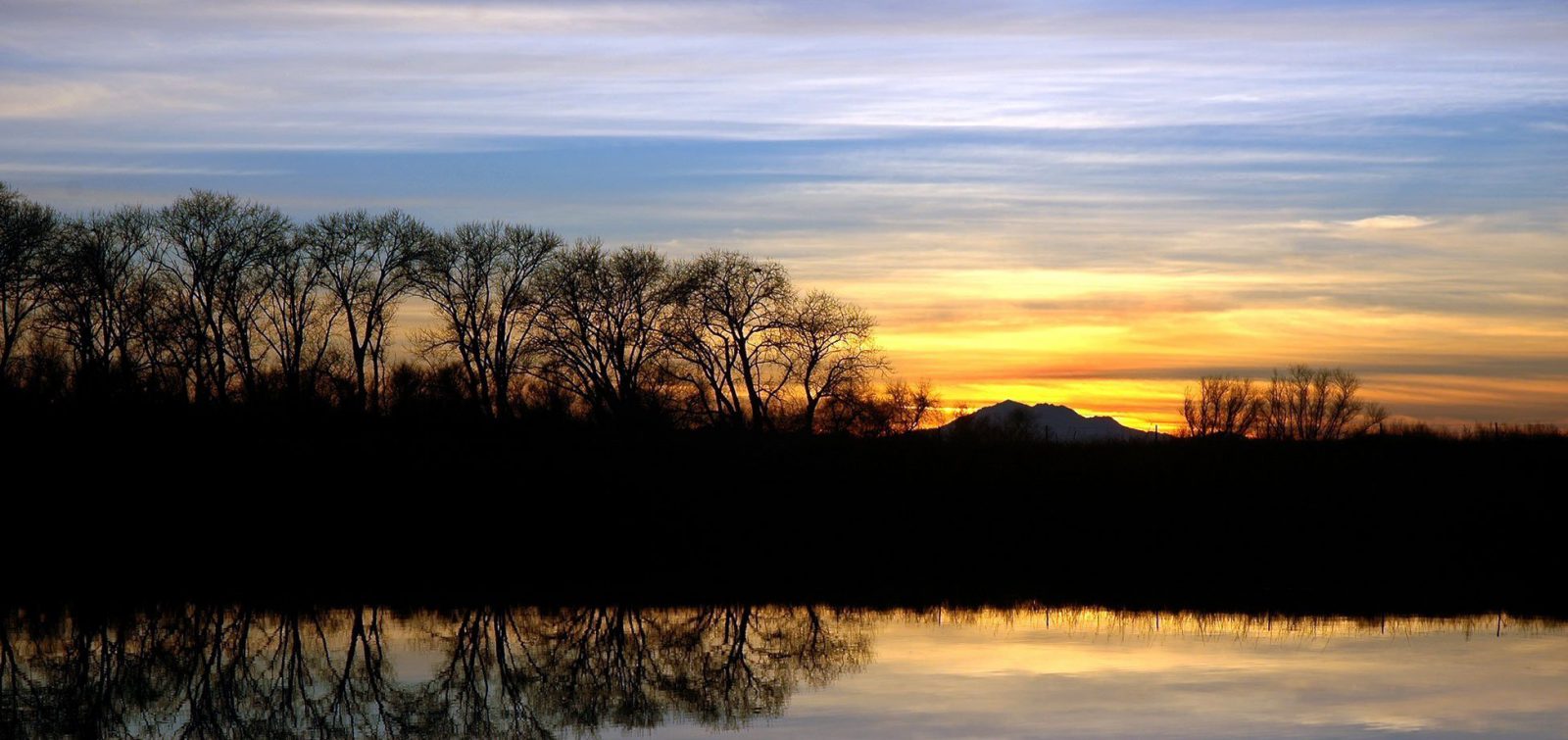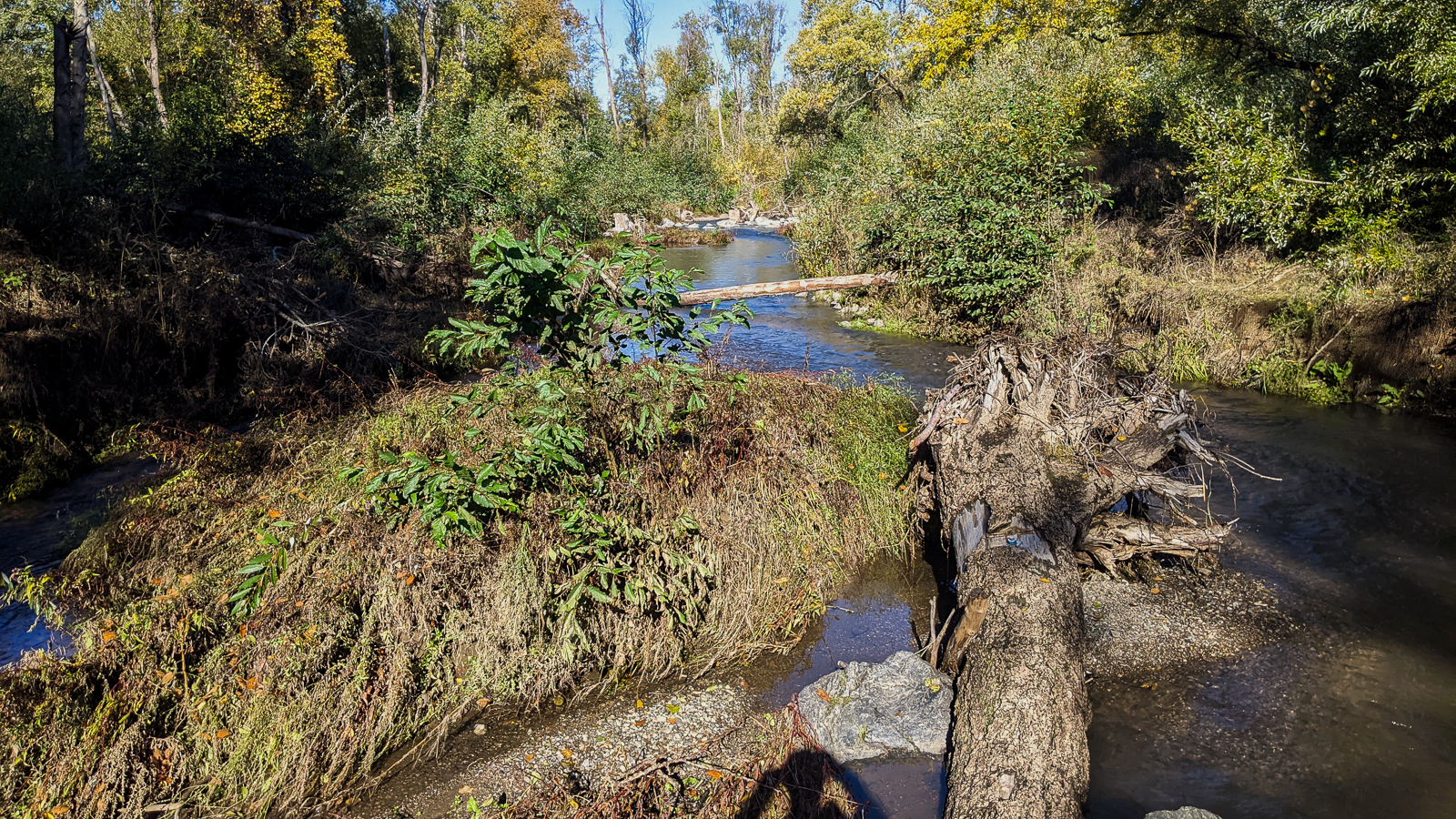One of the more enlightening moments in stream restoration is when a recently constructed site experiences a large storm event. Whether these events test a restoration design approach or trigger system adjustment, they are always an opportunity to learn.
We can attest to this firsthand, as this scenario played out during the 2017 winter season on the Dry Creek Habitat Enhancement project for Sonoma County Water Agency (Water Agency) and the U.S. Army Corp of Engineers (USACE). From December 2016 through April 2017, Sonoma County was drenched with 70 inches of rain. Just months before, we had overseen the construction of our first site for the Dry Creek Habitat Enhancement project near Healdsburg, California. We continued to monitor the situation all winter as one storm after another came through that winter.
The project’s primary goal is to create year-round stream habitat to mitigate for their management of the system. Dry Creek, the largest tributary in the Russian River watershed, is important to the recovery of endangered coho salmon and threatened steelhead in the region. In the 1980s, Warm Springs Dam was built 13 miles upstream of the confluence with the Russian River and operated by USACE and the Water Agency for flood control and water supply, causing Dry Creek to experience reduced flows in the winter and increased flows in the summer. In the years before the dam’s construction, multi-threaded channels were once common in Dry Creek and provided cool, complex, and flowing habitat—great for young coho salmon and steelhead. Since the construction of Warm Springs Dam, diminished winter peak flows inhibited the ability carve out new channels and increased summer flows enabled vegetation to flourish, infilling existing channels.

In 2013, ESA was hired by the Water Agency to design creek enhancements that would improve summer rearing habitat for coho salmon in the lower reaches of Dry Creek. Our design approach was to recreate the natural state of the creek before the dam regulated water flow by carving new multi-threaded channels. One design challenge was the considerable amounts of water and sediment the lower reaches receive from 87 square miles of undammed watershed. The potential for this sediment to fill in the newly created multi-threaded channels was a concern. This led us to an innovative approach, where we decided to take advantage of all the incoming sediment rather than trying to impede it. Our multi-threaded channel design aimed to provide enough energy to push water and sediment through, allowing the new channels to change and maintain complexity over time.
Fast forward to mid-October 2016, when construction on the first phase of the project comes to a close. The site looked great and was providing intended conditions for young coho salmon and steelhead. Then came the onslaught of the aforementioned (and unforeseen) storm events dumping 70 inches of rainfall. This extreme amount of rain resulted in sustained high-flow releases from the dam from January through March, causing a very unnatural amount of water to flow through the site for nine continuous weeks. When flows finally receded in late April, it became evident that a considerable amount of sediment had deposited in the new channel. Thanks to the monitoring efforts by the Water Agency to support evaluation of the site, ESA’s assessment was that the inlet to the new secondary channel was both too small and improperly oriented to provide sufficient flow and energy to move sediment all the way through the new channel. While it was an extreme winter, this was not the outcome we intended.
Fortunately, the construction crew was planning to return to build a second site in summer 2017, which presented an opportunity to make some adjustments to both sites. In their openness and input to design refinements, and their determination to get it right, the Water Agency pulled together the resources needed to seize this opportunity. This enabled ESA to work with the contractor to re-grade the channel inlets to facilitate more flow and energy during high flows. A year later, after the first significant storm event of winter 2018, both sites have responded glowingly. Through quick action, and the fortitude to learn from our project’s outcomes, we were able to adapt and improve the sustainability and resilience of the restoration design.
